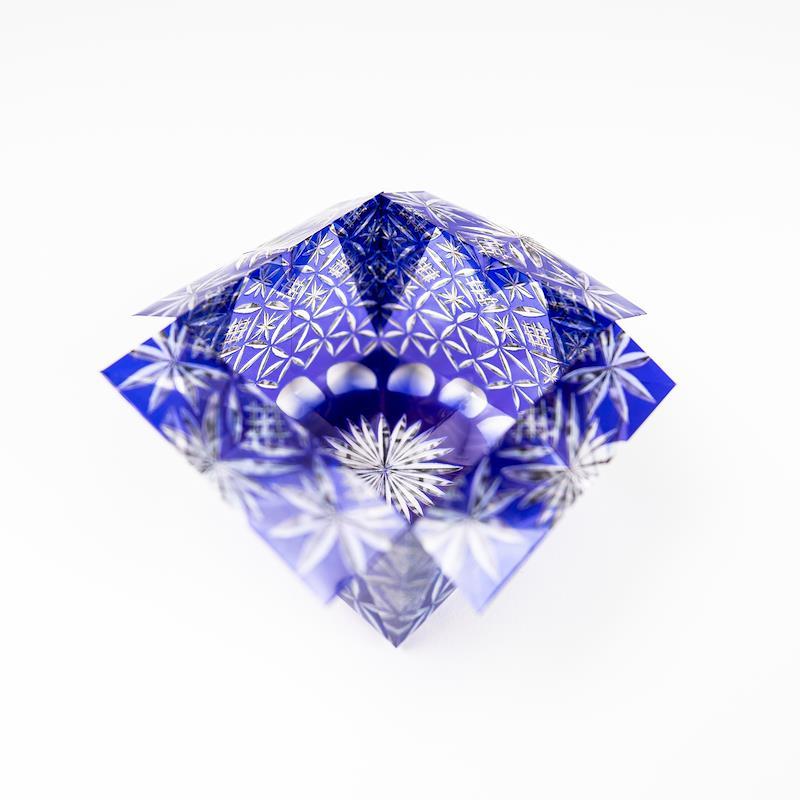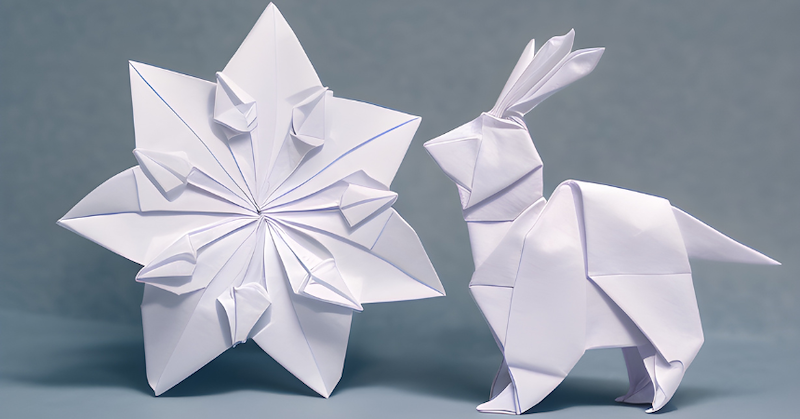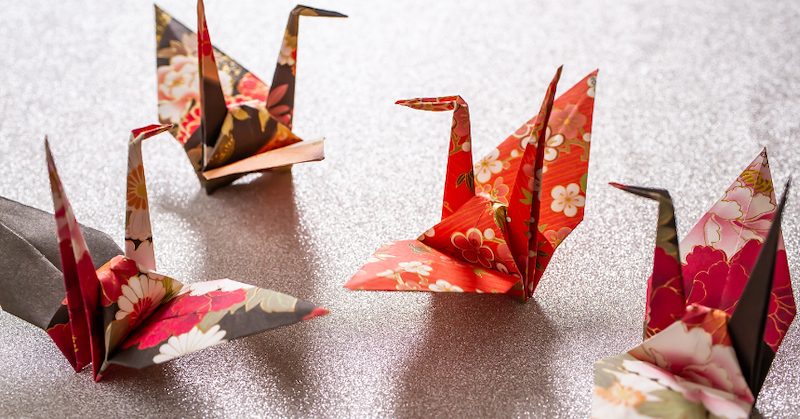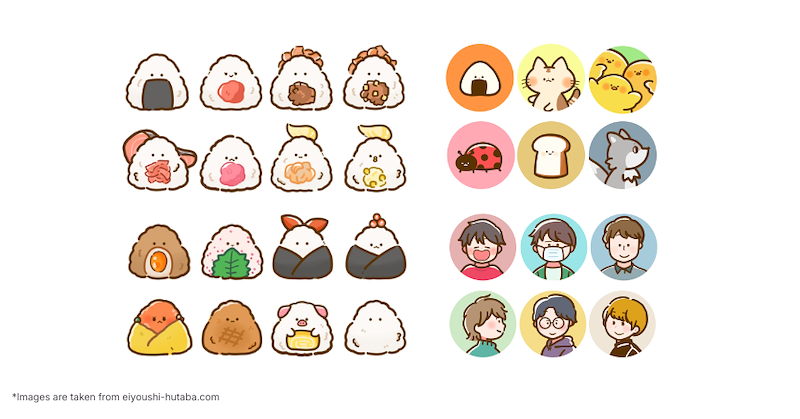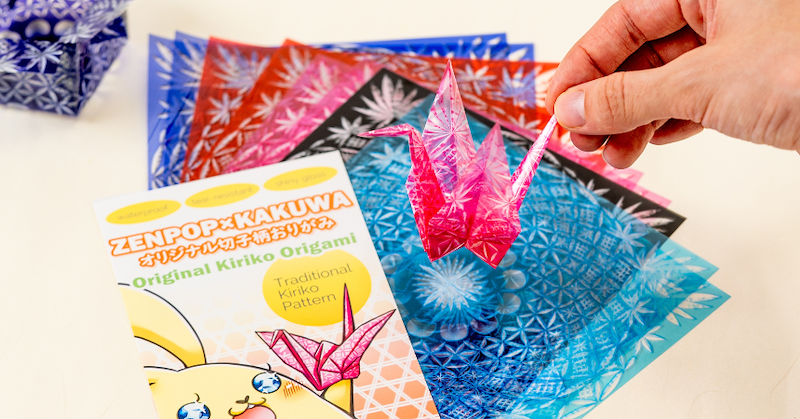
Simple Origami Guide: Easy Folds, Tips & Kiriko Paper Tutorial
Origami is the Japanese art of folding paper into various shapes and designs. It is a delightful craft that has been practiced for centuries and continues to captivate people of all ages. In this article, we will explore the art of making simple origami creations, providing step-by-step instructions and tips to ensure a successful folding experience. Whether you're a beginner or an experienced origami enthusiast, you'll find joy in creating beautiful paper masterpieces. Before we teach you some simple Kiriko Paper Origami tricks, here's some background on this Japanese paperfolding art!
Getting Started with Origami: Materials and Tools
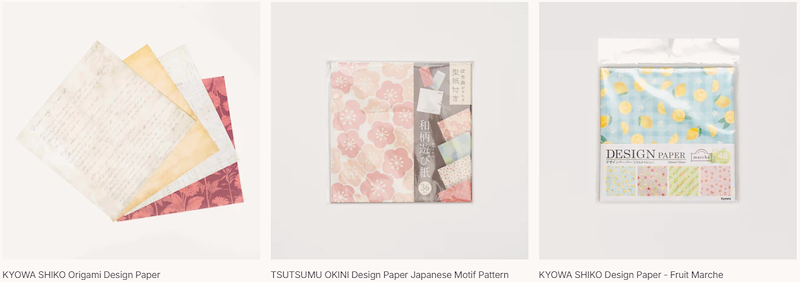
Before delving into the world of origami, it's essential to gather the necessary materials. All you need is square paper (design paper)- you can use origami paper, colored paper, or even repurpose old newspapers. Additionally, you may find it helpful to have a ruler and scissors for precise measurements and cutting, respectively.
Basic Origami Folds: The Foundation of Every Design
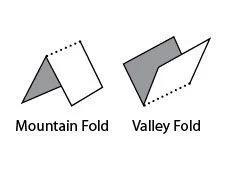
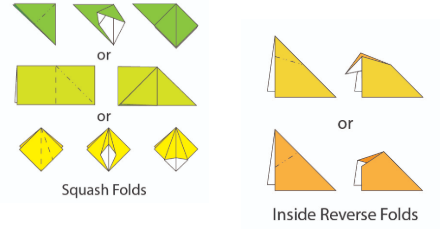
Mastering a few fundamental origami folds is key to creating intricate designs. The four essential folds are the valley fold, mountain fold, reverse fold, and squash fold. Each fold has its unique purpose and contributes to the final form of your creation.
Tips for a Perfect Origami Experience
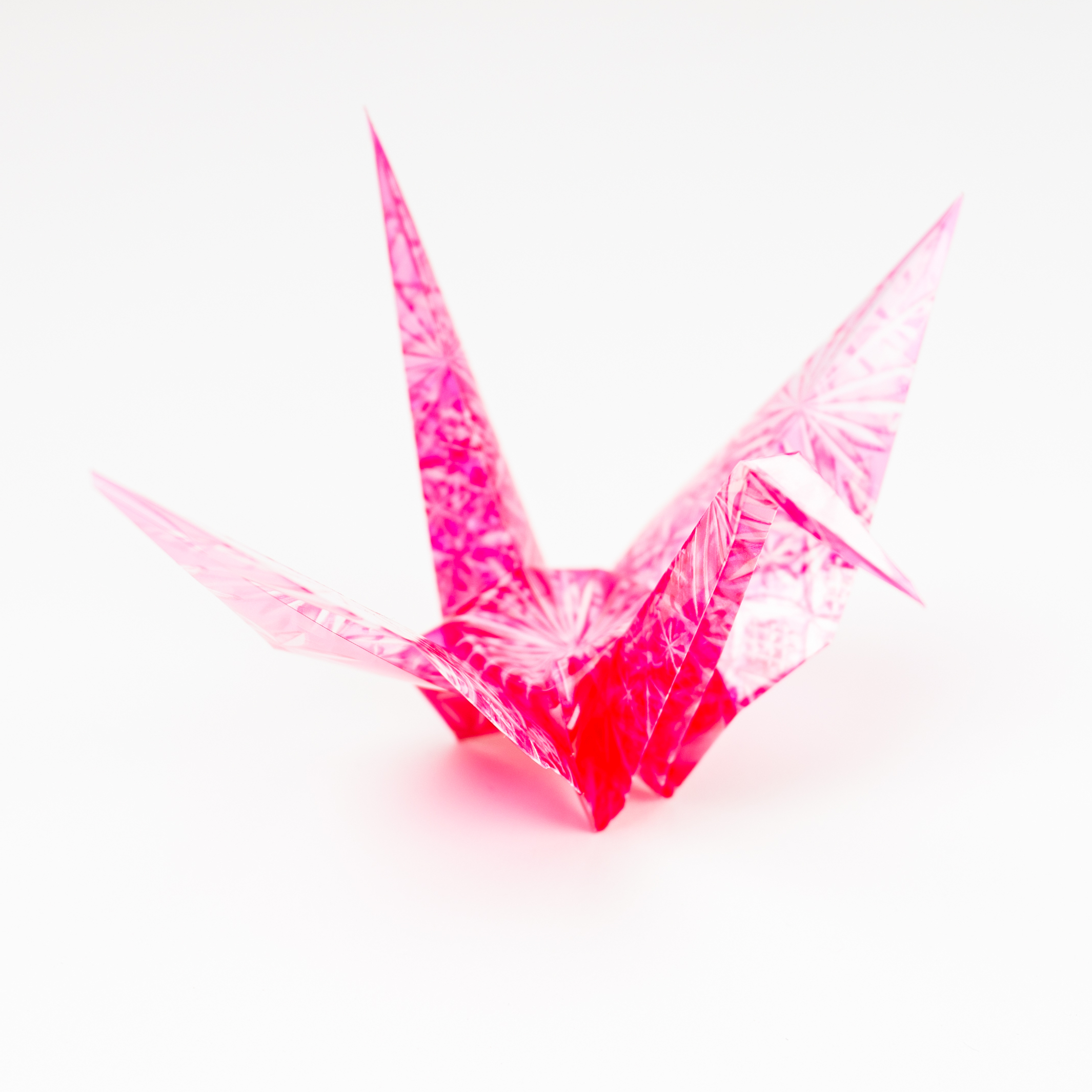
- Patience is key: Origami is a meditative practice that demands concentration and precision.
- Use the right paper: Different projects may require different types of paper. Experiment with various textures and thicknesses.
- Practice makes perfect: Don't be discouraged by initial failures. Learning origami is a journey, and practice will lead to improvement.
- Follow video tutorials: Online tutorials can be immensely helpful in understanding complex folds and designs.
- Embrace creativity: While following traditional origami instructions is valuable, don't hesitate to add your flair to the designs.
Kiriki Glass Origami Tutorial
Now that you know the basics, here's how you can do your own Kiriko Origami folds with what you've got in ZenPop Store!


Get the Kiriko Pattern Origami
The most popular is the box fold. it's convenient, and you can use it easily to store a few coins, clips, and more! It makes for a beautiful decorative item.
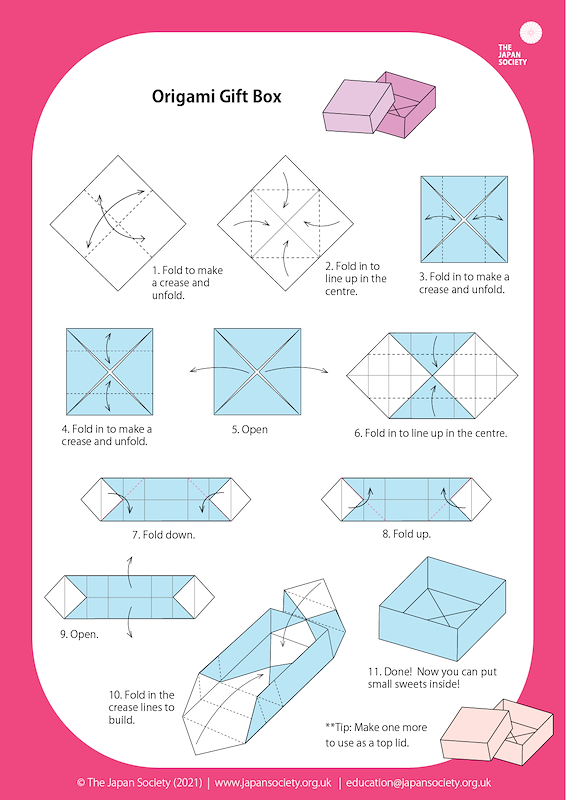
Next, we have the paper crane, which, of course, is probably the most famous origami world wide! We've got an entire article dedicated to this, but here's a quick overview of how you can make yours!
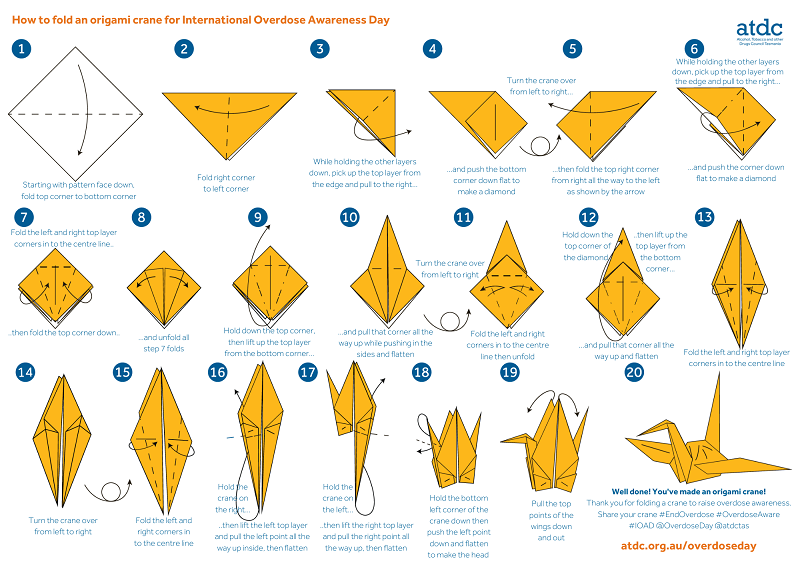
Origami is a captivating and versatile craft that transcends borders and generations. Whether you're an absolute beginner or a seasoned pro, the art of folding paper opens up a world of creative possibilities. So, grab some paper and dive into this enriching hobby that provides joy, relaxation, and a sense of accomplishment.
FAQs
1. How long does it take to learn origami?
The time to learn origami varies from person to person. With regular practice, one can become proficient in basic folds within a few weeks.
2. Can children engage in origami safely?
Absolutely! Origami is a safe and rewarding activity for children, as long as they use child-safe scissors and are supervised when necessary.
3. Are there any health benefits to practicing origami?
Yes, origami has therapeutic benefits, such as reducing stress, improving focus, and enhancing mental agility.
4. Can I use regular printer paper for origami?
While it's best to use square paper, you can repurpose printer paper by cutting it into a square before starting your origami project.
5. How can I make origami more environmentally friendly?
To be eco-friendly, use recycled paper or reuse old materials for your origami creations. This reduces waste and promotes sustainability.
